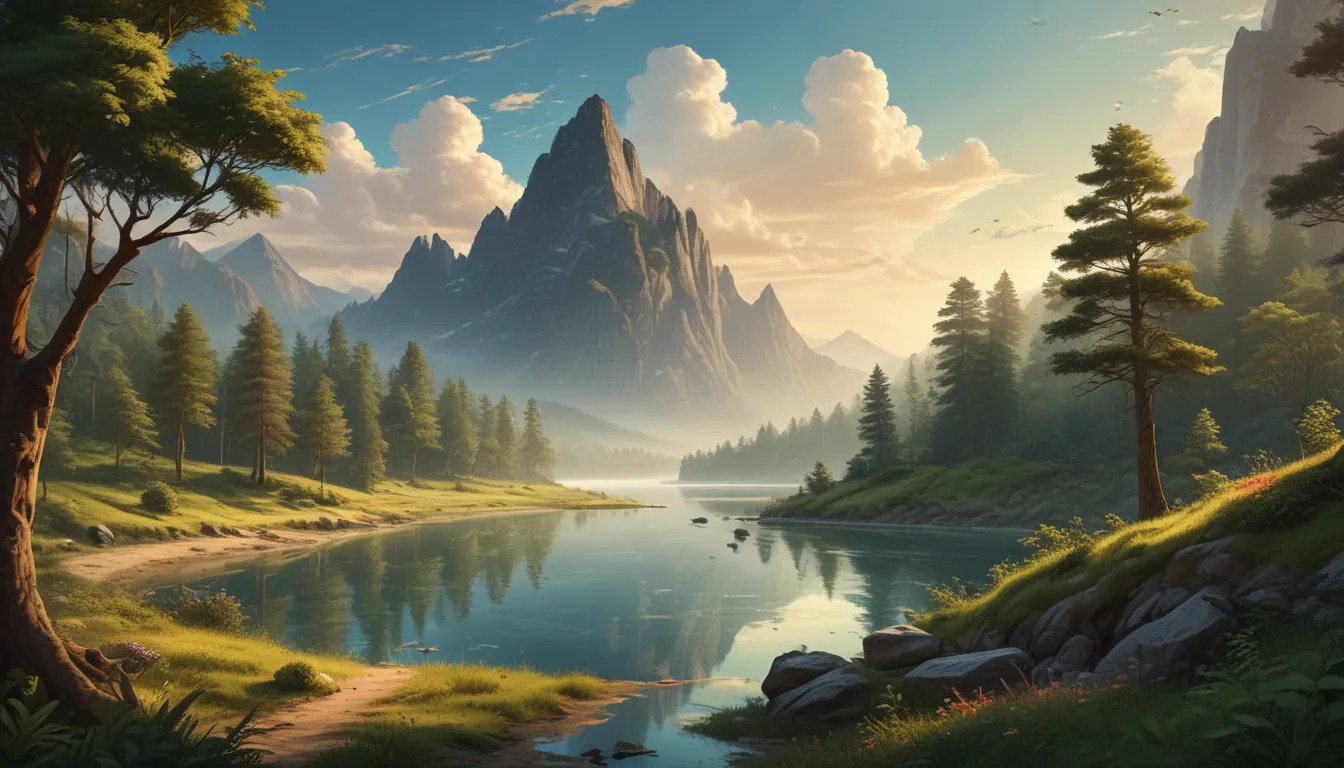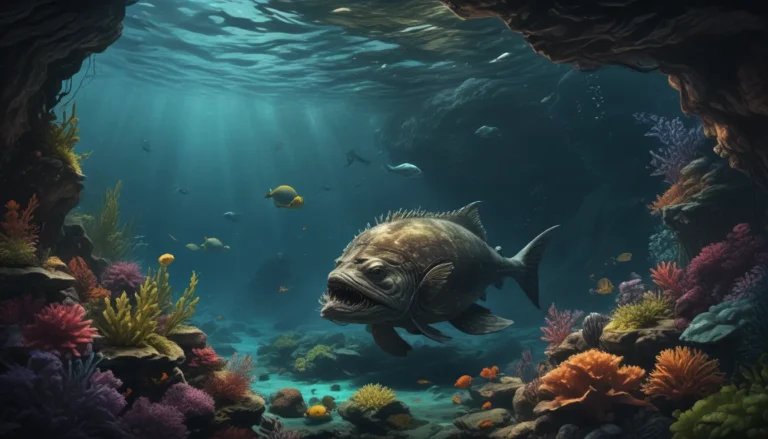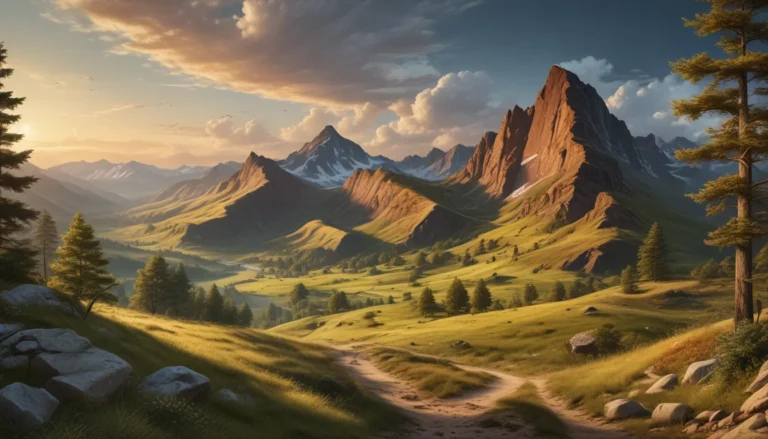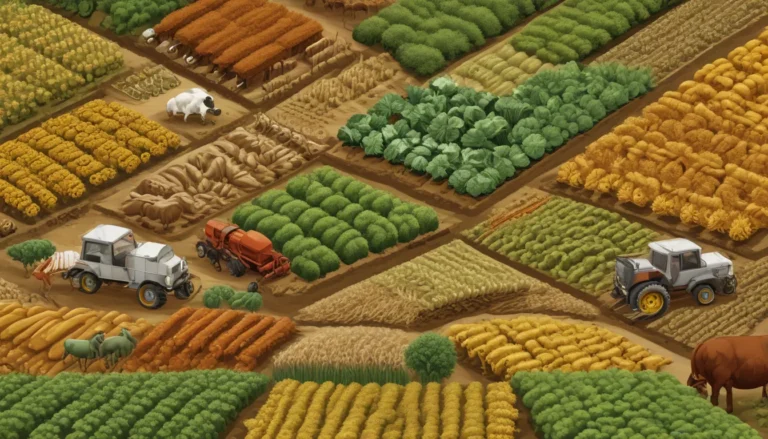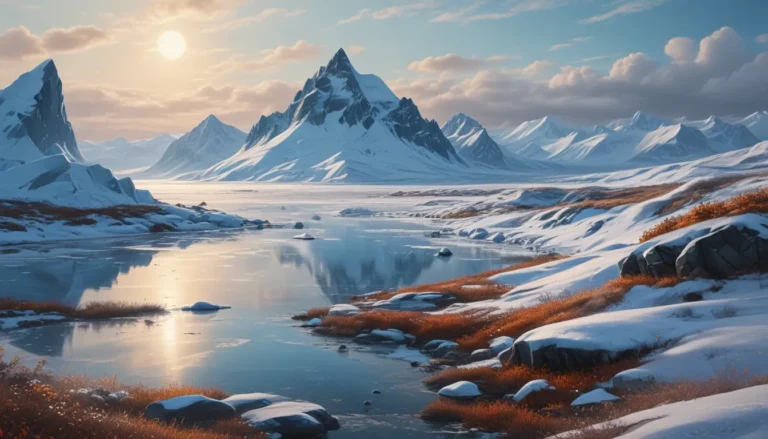A Note About Images: The images used in our articles are for illustration purposes only and may not exactly match the content. They are meant to engage readers, but the text should be relied upon for accurate information.
Are you ready to embark on a journey through the captivating realm of ecoregions? These unique ecological areas are home to a rich tapestry of flora, fauna, and natural landscapes that showcase the incredible diversity of our planet. From the majestic Amazon Rainforest to the rugged Himalayan Mountains, ecoregions play a vital role in preserving biodiversity and nurturing ecosystems. Join us as we uncover 12 extraordinary facts about these environmental hotspots and gain a deeper appreciation for their significance.
Delve into the Diversity of Ecoregions
Ecoregions are geographically defined areas characterized by their distinct blend of natural communities and ecosystems. These ecological units share common features such as flora, fauna, climate, and resources, making each ecoregion a unique and irreplaceable part of our planet’s natural heritage.
The Amazon Rainforest: Earth’s Largest Ecoregion
Spanning nine countries in South America, the Amazon Rainforest is a sprawling expanse of unparalleled biodiversity. Often referred to as the “lungs of the Earth,” this ecoregion plays a crucial role in producing oxygen and supporting a vast array of plant and animal species.
The Great Barrier Reef: A Coral Wonderland
Off the coast of Australia lies the Great Barrier Reef, the world’s largest coral reef ecoregion. Stretching over 2,300 kilometers, this UNESCO World Heritage site is home to a dazzling array of marine life, making it a must-visit destination for nature enthusiasts.
The Serengeti: Witness the Great Migration
In Africa, the Serengeti ecoregion is renowned for its annual wildebeest migration. Millions of these majestic animals, along with zebras and other herbivores, traverse the grasslands in search of fresh grazing grounds, creating a spectacle of nature unlike any other.
Embrace the Unique Ecosystems of Ecoregions
From the icy Arctic tundra to the vibrant Galapagos Islands, ecoregions offer a diverse range of habitats and wildlife that are both fascinating and awe-inspiring.
Arctic Tundra: A Land of Extremes
Characterized by frigid temperatures and treeless landscapes, the Arctic tundra is a challenging yet remarkable ecosystem. Home to resilient species like polar bears and Arctic foxes, this ecoregion showcases nature’s adaptability in the face of harsh conditions.
Galapagos Islands: Darwin’s Living Laboratory
Located in the Pacific Ocean, the Galapagos Islands are a living testament to evolution. Inspired by the unique wildlife found here, Charles Darwin developed his theory of natural selection. Today, this ecoregion remains a treasure trove of endemic species found nowhere else on Earth.
African Savanna: Where The Wild Things Are
The African savanna is a vast grassland teeming with iconic wildlife such as lions, elephants, giraffes, and zebras. This ecoregion embodies the untamed beauty of the African wilderness and offers a glimpse into the intricate web of life that sustains these magnificent creatures.
Protecting and Preserving Ecoregions for Future Generations
As we marvel at the wonders of ecoregions, it is essential to recognize the importance of safeguarding these precious environments for generations to come. By understanding the significance of ecoregions and supporting conservation efforts, we can ensure the continued survival of diverse ecosystems and the protection of invaluable species.
Conservation Challenges and Solutions
Ecoregions face numerous threats, including habitat destruction, pollution, climate change, and invasive species. To address these challenges, comprehensive conservation strategies are needed, involving sustainable land management, protected area designations, community involvement, and global cooperation.
Individual Actions for Collective Impact
Every individual can contribute to ecoregion conservation by adopting sustainable practices, supporting environmental organizations, and raising awareness about the importance of protecting these vital ecosystems. Together, we can make a difference in safeguarding the beauty and biodiversity of ecoregions worldwide.
Delving Deeper: Frequently Asked Questions
Curious to learn more about ecoregions and their significance? Explore these frequently asked questions to expand your knowledge and deepen your understanding of these extraordinary environmental hotspots:
-
What is an ecoregion?
An ecoregion is a geographically defined area characterized by its unique blend of natural communities and ecosystems, sharing similar flora, fauna, climate, and resources. -
How many ecoregions exist in the world?
Approximately 867 ecoregions are recognized worldwide, classified based on specific criteria such as climate, vegetation, and geology. -
Why are ecoregions important?
Ecoregions play a vital role in maintaining biodiversity, supporting ecosystem balance, and providing habitat for numerous species essential for the planet’s health. -
How can ecoregions be protected?
Protecting ecoregions requires comprehensive conservation strategies involving sustainable land management, protected area designations, community participation, and global collaboration.
Conclusion: Embracing the Beauty and Significance of Ecoregions
As we conclude our exploration of ecoregions, let us reflect on the awe-inspiring diversity and importance of these ecological marvels. From the lush rainforests to the rugged mountains, each ecoregion tells a unique story of survival and adaptation in a changing world. By championing conservation efforts and promoting sustainable practices, we can ensure the resilience and vitality of ecoregions for future generations to cherish and enjoy.
We hope this journey through the enchanting world of ecoregions has inspired you to appreciate the beauty and significance of these extraordinary environmental hotspots. Together, let us work towards protecting and preserving these natural wonders for a sustainable future. Thank you for joining us on this enlightening exploration, and may your curiosity continue to fuel your passion for conservation and environmental stewardship.
